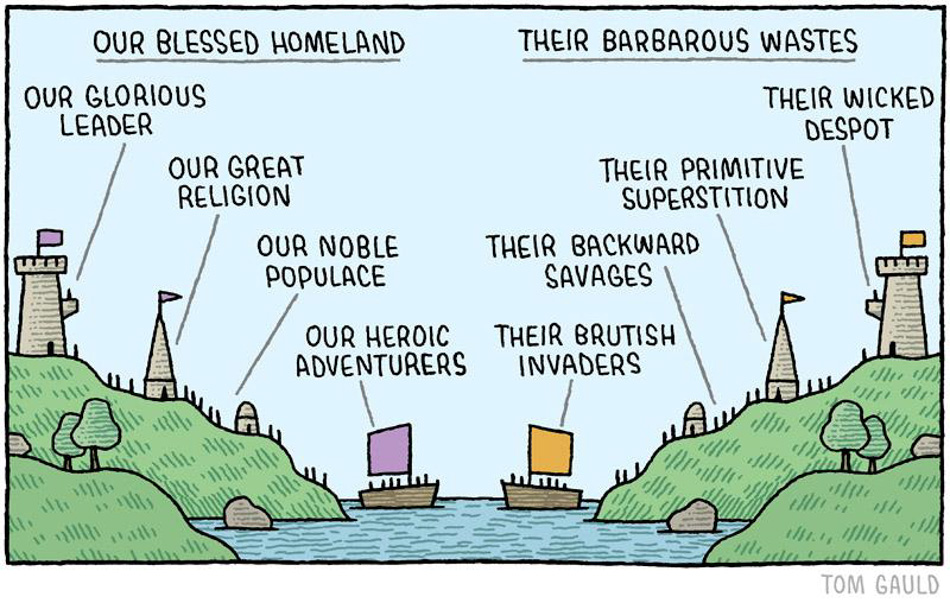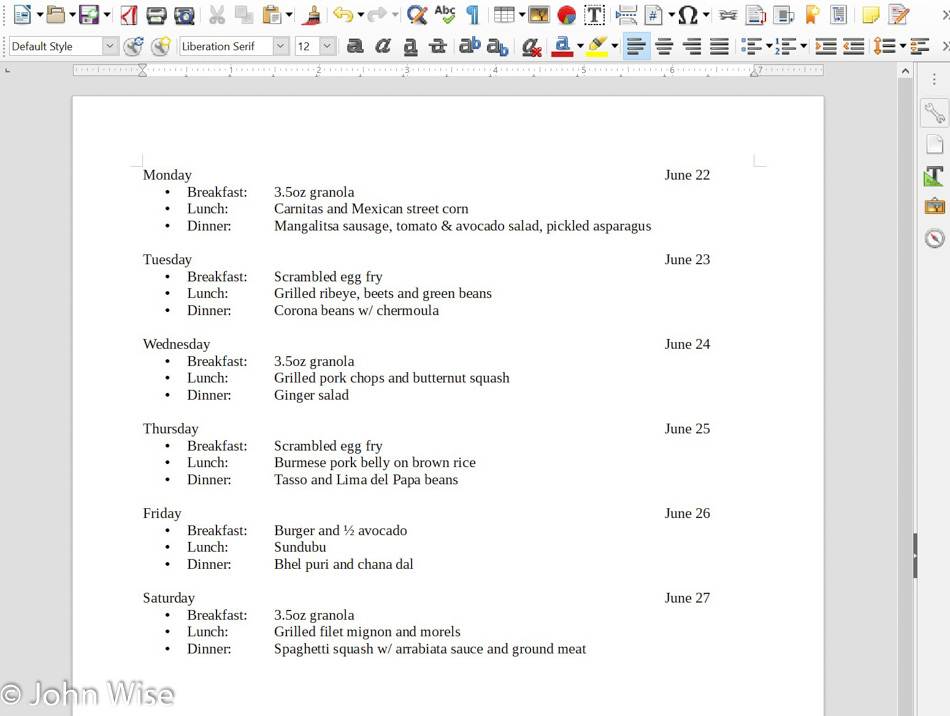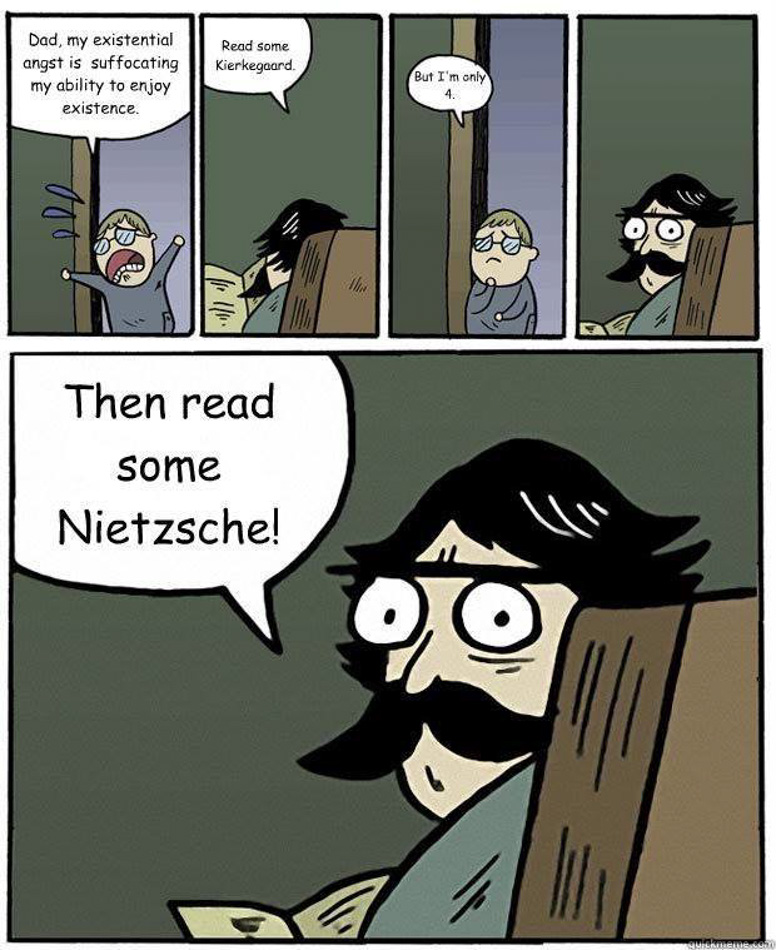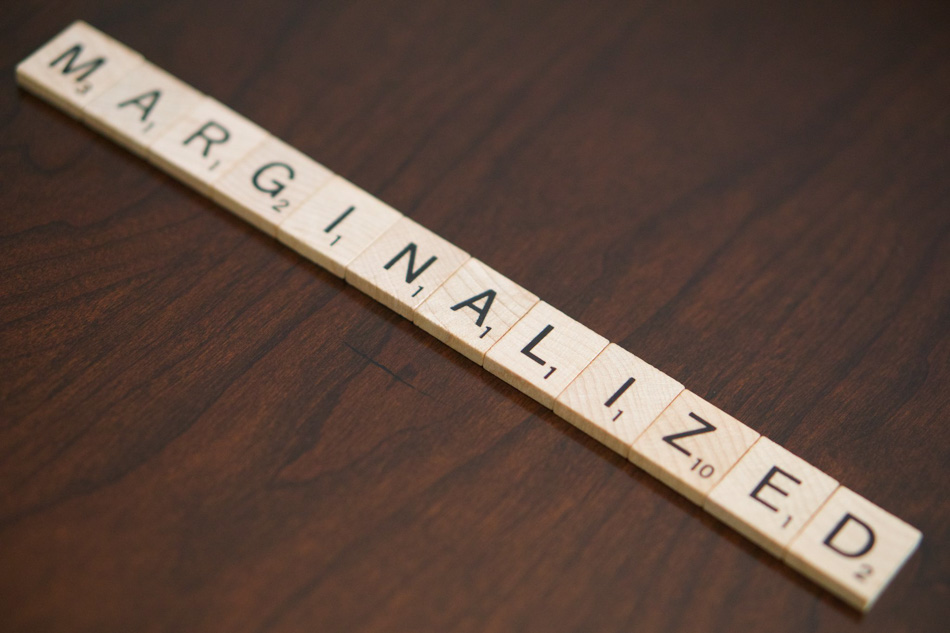
Far too many people I encounter in person or on various electronic platforms are wanting to believe that much of their reality is fake. Reality, even when manipulated by propaganda, is still your reality regardless if you believe your filter of perception allows you to peer behind the veneer of the sham. It’s not a fake reality; it is your interpretation of the time you are living in, but that doesn’t disqualify its legitimacy. The news may be weaponized to accomplish a certain goal, but so was our education, and from the first time we entered school, we were exposed to a program that was nudging us into a particular paradigm, just like the media are pushing certain agendas too. Your parents might have taught you about a tradition of holidays and religious observations they believed was best for their child’s 3-year-old mind, while others might see this brand of indoctrination as fake. None of this is wrong, though, as it’s the basis of culture that the people of a shared land have certain ideas in common. Just because humanity might still be collectively ignorant doesn’t make our culture fake or evil, but it does leave a lot of room for improvement.
Your clothes portray an image of a style that can be used to create influence or make oneself appealing in finding a mate. Those clothes don’t represent the body underneath or the mind inside your head, so in some respect, they represent a fake version of the person. A car cannot reflect the character you have or give an example of how you’ll raise children, though many will use the appeal of the car’s styling to insinuate that it somehow tells others what type of person they are. This is posturing behind a brand, tire type, and the vehicle’s color that has nothing to do with this person. It is a facade, an act of camouflage; it is fakery masquerading as meaning. The same goes for team loyalty: nobody gets more credibility because they stand behind their local sports franchise. They are being used as tools to generate lots of income for local taxes, team owners, players, marketers, clothing and shoe manufacturers. For your loyalty, you’ll be invited to join the chant of celebration and feel good about yourself and your deep connection to a favorite player. I posit that this pride is a fake manufactured commercial exercise used to grease the wheels of commerce.
We dress ourselves in the words of television; we play in the worlds of Pacman and zombies while often eschewing books. We dress in provocation in order to drag our mating rituals into the grocery store, and we pull in every bit of conspiracy nonsense to arm us in our fight against boredom when we sit down with people at dinner or in the bar so we have something that draws attention to our sad lives. We cultivate this inanity for years, becoming caricatures of reasonable people, and then blame science, truth, and facts for being hostile to our deranged view of the world. When people live in a cartoon world formed by Walter White and Clay Morrow or play in a universe with Alex Mason and then turn to Rush Limbaugh and Sean Hannity with a dessert of Honey Boo Boo and the Kardashians before exclaiming they own some kind of insight on deciphering the larger picture of reality, I’m left aghast that we are supposed to take any of this seriously.
When we as a nation run out of artifice to decorate ourselves with, we turn to intellectual cultural cannibalism. Through all the banality and anger we consume, we intuitively understand there’s nothing deeper to explore inside our own souls, and so we must find a new enemy. We are making ourselves the enemy; we are the other, the foreigner; we become the hated opposition; we are daring to be sociopaths. From the very shores of America, we are finding an adversary as we flail about trying to establish another bogeyman. The United States tried to maintain this type of conflict in our war against communism and leftists for 50 years after World War II. When that strategy lost its fangs, we turned against the Muslims. As that ran its course, we started throwing all manner of things at the wall to see what would stick. Hillary is the problem, George Soros is the evilest, DACA recipients and the invading horde of Mexicans are the root cause of all of our problems; wait, it’s the Mainstream Media Elites with Fake News, or is it Obamagate? Maybe the enemy is hiding in the swamp of Washington D.C., or could it be the radicals of Antifa? Ah, COVID-19 is our new global enemy, or could it be aliens from another universe, so we’d better get building a Space Force for future combat? No, no, no, the Deep State, er, um, I mean the Jews, or is it Jeff Bezos ripping off the Post Office that’s the problem? I know, it all started with fake moon landings, vaccines that poisoned us, and the Liberal University System, right? This week, let’s blame #BlackLivesMatter, and next week if COVID gets out of hand, let’s blame infected Antifa agents working for Soros and Hillary for infiltrating a political rally in Tulsa during the fake “Plandemic.”
Our enemies are NOT any of these external fake issues; our enemy is nobody else but ourselves. This dwelling in the swamp of ignorance so we may be titillated by our own superior “knowledge” of being part of the enlightened who see the real truth as a caustic elixir causing madness in society, hungry for hate. “Somebody or something else outside of me is responsible for my unhappiness and fear; there’s no way that it could be the way I’m choosing to see reality,” could be a popular refrain.
This sad and tragic juncture where humanity stands after having invented the greatest means of knowledge distribution ever created must be attributed to the hangover wrought from our diet of spoonfed nonsense that a previous generation seemingly needed. Intellectual junk food is not a viable alternative to a rigorous diet of the exploration of the knowledge that’s been shared by our ancestors and contemporaries who’ve made the investment in trying to understand the complexities of how things work.
At war now with ourselves and those in our proximity, we become social justice warriors railing against systems of intelligence instead of fighting the real enemy called greed and deep financial power. Maybe, just maybe, the artifice of control is starting to crack, but populism aligned with anti-intellectualism will lead to a kind of flash mob rule where the angriest faction takes control of a corner or a neighborhood. Humanity has always required leaders, mentors, teachers, mothers, fathers, or shamans to help guide the group. Headless and mindless, we become a school of fish swimming in circles, waiting for the sharks to feast on those at the periphery. We are starting to act like herring, and I’m afraid that the group dynamic propagated by temporary fads led by influencers hungry to move on to the next popular subject is only adding to the rounding up of others wanting to join a larger school to amplify the strength of herd stupidity.
I’m not saying that individuals coming together to foment change is a bad thing; it is the ONLY thing that can break the chains of subservience to economic, social, educational, law enforcement, and other unfair means of control. Protest is the best way for a populace to exercise its own power to build new structures. The caveat is that it is still up to the individual and, subsequently, mentors of all forms to make it imperative for the person to pick up the mantle of learning. Critical thinking and cooperation have carried us Americans far, but still, there is much room for us to do better.




